Editors’ Picks




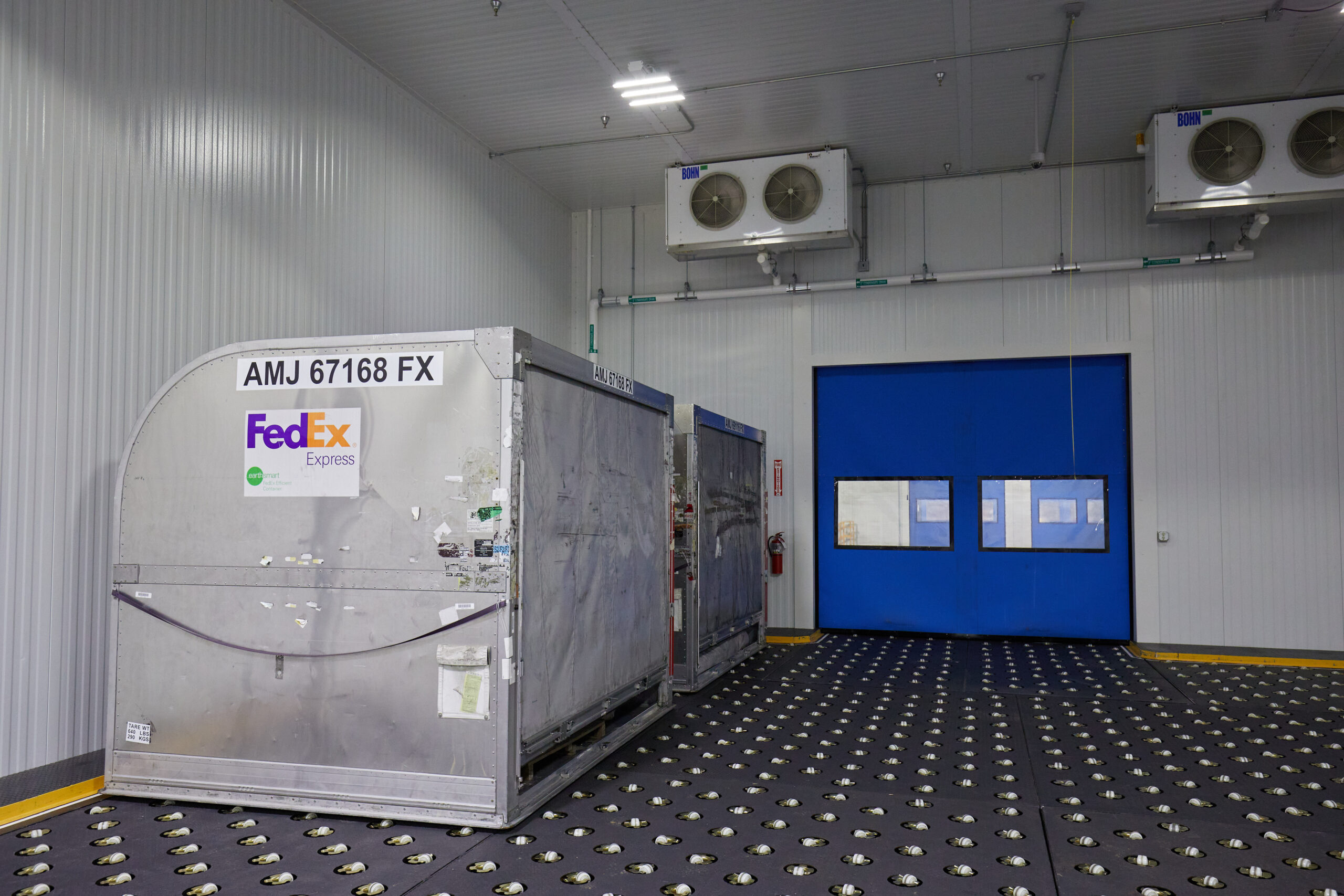
Found in Robotics News & Content, with a score of 0.43
…like our sort facilties and outdoor settings,” he added. “5G will help navigation systems that get blinded in the transitions between nodes. We're starting to see sensors coming down in price, so we can put them in things smaller than autonomous cars. This is also useful for unloading airplanes—people don't know how much cargo moved on passenger planes during the pandemic.” FedEx is also looking at automating the loading and unloading of containers to address labor shortages. “Today, we have over 1,000 people on ramps in Memphis offloading airplanes in severe weather,” Prather said. “If there's a lightning strike, we…
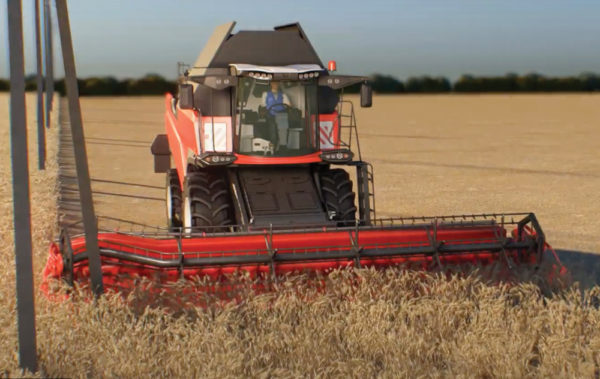
Found in Robotics News & Content, with a score of 0.42
…is different than relying on GPS or mapping, and 5G networking has yet to come to most rural areas. Compatibility and control “Farmers often have separate vehicles for different processes— such as soil treatment, spraying, and harvesting—that they rarely use together,” Emelyanov said. “We are now working with combine harvesters, but there will be applications in tractors and sprayers in the next year.” “We want to cover all the most popular agricultural machines,” he said. “Our concept is like Star Wars' R2-D2, which could be mounted on different vehicles with a standard cradle, to provide more value to our customers.”…
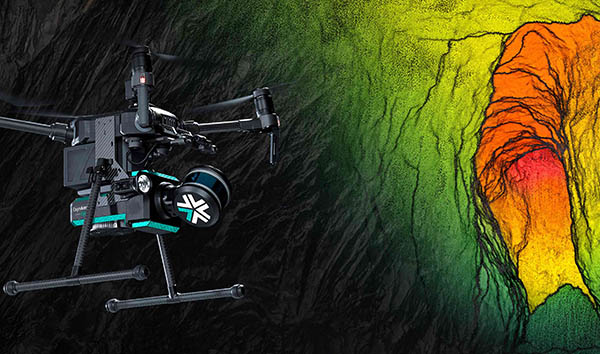
Found in Robotics News & Content, with a score of 0.40
…12 to 18 months, it's more about autonomous systems getting the data and moving on. As remote actuation over 5G networks becomes available, you'll see more and more tasking from anywhere. When we've arrived as a utility for industry at large, people will get used to it. That will be a critical transition point as distributed autonomy becomes ubiquitous, and you stop noticing it. That's counterintiutively where the industry needs to get to.
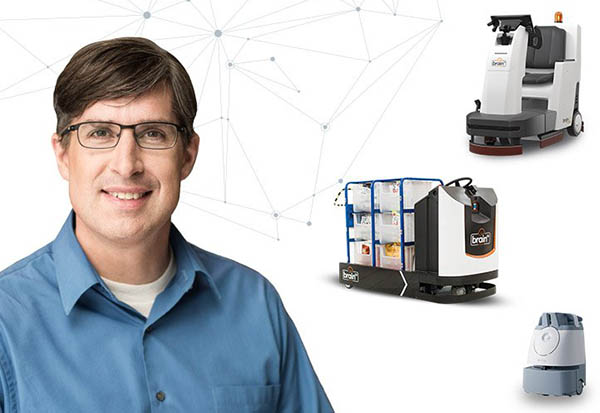
Found in Robotics News & Content, with a score of 0.38
…mission-critical. I'm not pessimistic—IoT [the Internet of Things] and 5G are going to happen, and at some point, warehouses and distribution centers will start to buy standardized equipment. As Brain Corp expands applications, do you foresee your autonomy systems applying to robots outdoors? Thomason: We're focused on cleaning and delivery and are going to expand environments for both. We're not currently looking at outdoors. We could, but as soon as robots are where there are vehicles, things can get exciting. Even in parking lots, which are simpler than roads—a lot can happen, and the long tail of stuff is very…
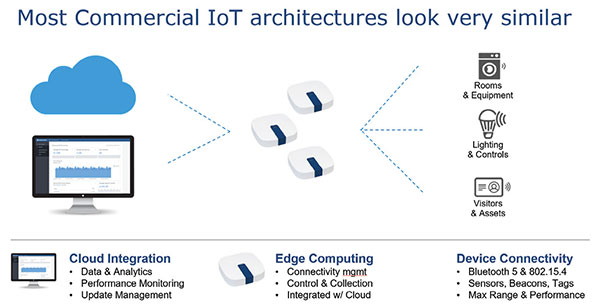
Found in Robotics News & Content, with a score of 0.36
…is the commercial IoT. Related Coverage Connecting the Thread: 5G Connecting the Thread: Digital Twins Although developers of this technology use design techniques, architectures and subsystems found in the consumer and industrial domains, the commercial IoT poses design challenges that differ significantly from its counterparts, placing unique demands on design teams. To ensure that their development projects succeed, engineers need to adapt to these differences. What Is the Commercial IoT? As the name implies, this IoT domain focuses on augmenting commerce, improving profits either by reducing operational costs or by adding new revenue streams. The technology is still in the…
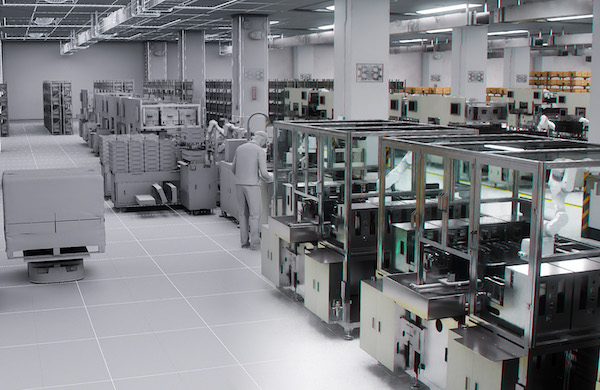
Found in Robotics News & Content, with a score of 0.36
…on Microsoft's Azure cloud using real-time factory data and 5G networking, enabling collaboration among multiple users around the world. “Everything is ray-traced. We do everything in CAD; no art is necessary,” Huang said. “It's one source of data across your company.” He mentioned that NVIDIA is working with WPP to build an advertising content engine using Omniverse (see video below). “Accelerated computing and generative AI—this form of computing is not like general-purpose computing,” said Huang. “It's full-stack, data center-scale, and domain-specific. We're extending it in multiple directions, from the cloud to digital factories.” “Industries have been racing to digitalize, from…
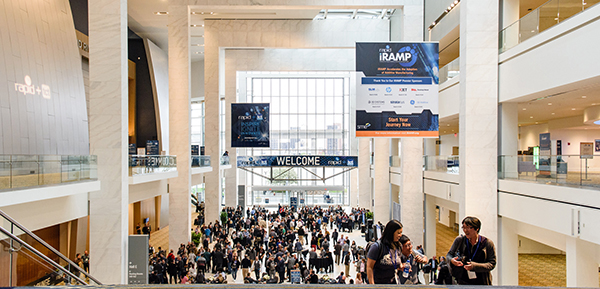
Found in Robotics News & Content, with a score of 0.31
…some press with XJet’s announcement that its 3D Printed Antenna will allow the University of Delaware to unlock the 5G network. The XJet NanoParticle Jetting technology can help solve the manufacturing and performance issues of Passive Beam Steering for superfast antenna applications. For more Rapid + TCT 2019 product and news highlights, click here.



